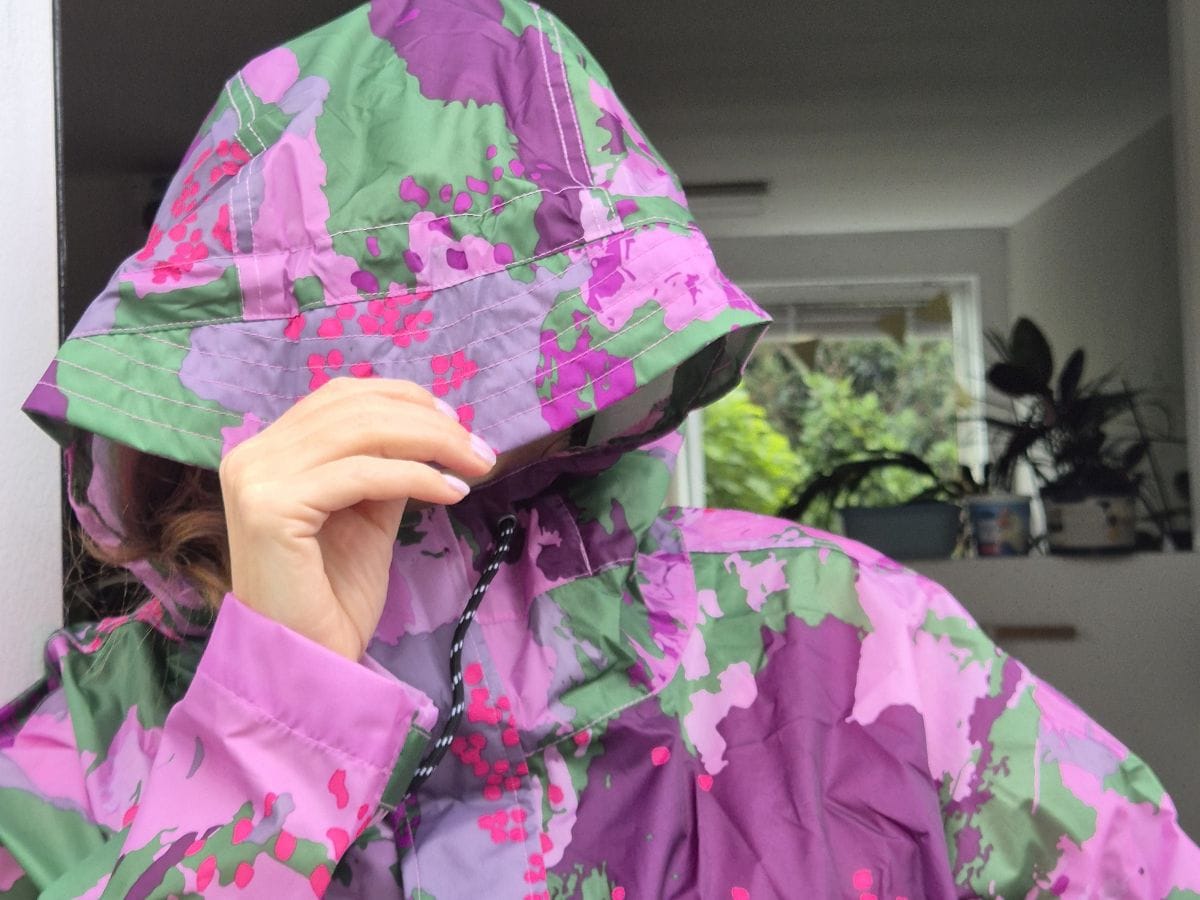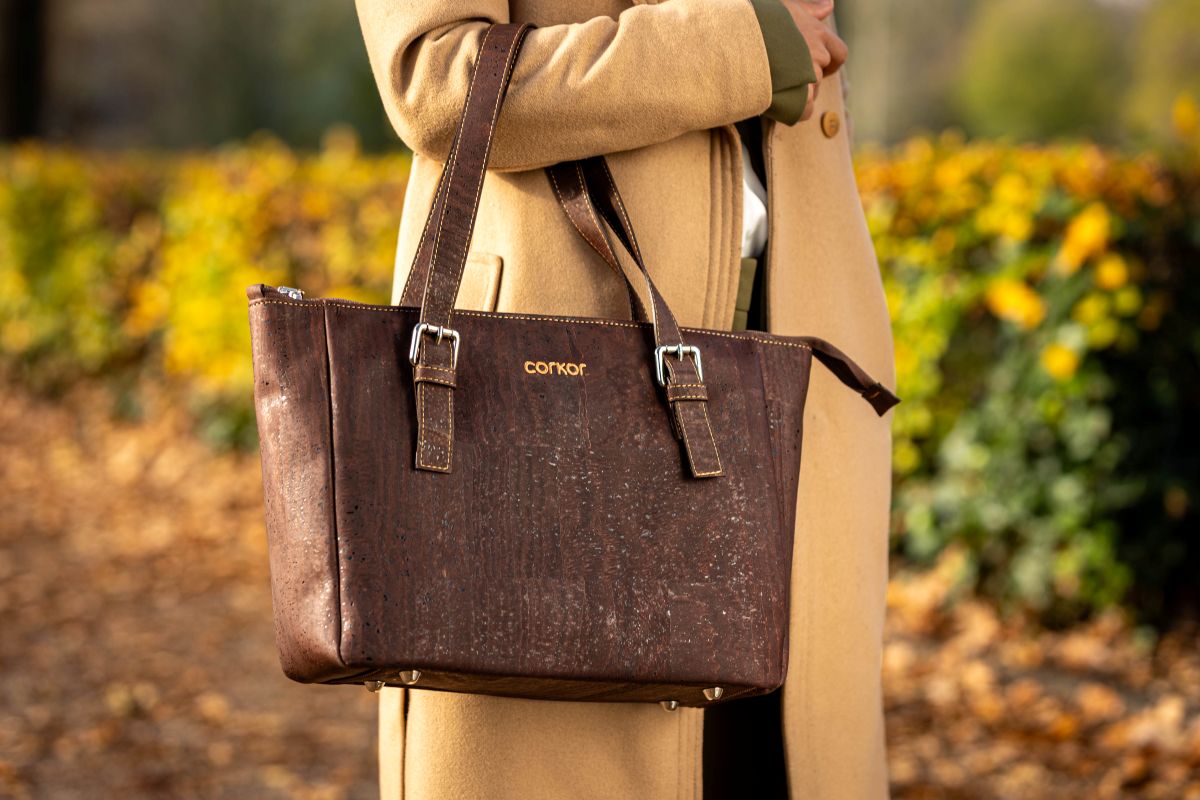It rhymes, but it's not that funny. Did you know that some mackintoshes contain PFAS. These substances are harmful to people and the planet. We need to get rid of PFAS. So how do they end up in an everyday product like a mackintosh? And what should you do if you suspect you have such a water-repellent one hanging on your coat rack?
Mackintoshes with PFAS
Mackintoshes may contain PFAS. Sounds scary, we thought so too. So we asked ourselves: what exactly is it? PFAS is a collective name for more than six thousand chemicals and it is widely used in industry and in everyday products. PFAS are all around us and they have even been found in our drinking water, in our bodies and in unborn children. We know that some PFAS can make us seriously ill. For good reason, steps are now being taken for a total ban, but unfortunately it is not that far yet. We have previously written extensively about PFAS. So why do we still use it? These fabrics have a number of unique properties. They make stuff water-, grease- and dirt-repellent. The link with the mackintosh is so easily made... But, don't be alarmed, it is in many more everyday products. It is also used in cosmetics, fire extinguishing foam, carpets, frying pans (Read more about PFAS in frying pans in this article), pizza boxes, hiking boots (We have also written about PFAS and hiking boots), ski wax (yes, really!) and many more. The ‘good’ news is that PFAS is not harmful in normal use, Experts say. Still, it doesn't sit well with us.


An old mackintosh with possible PFAS and a sustainable PFAS-free mackintosh from Dutch mackintosh brand Maium. This one is made from recycled PET. You can read more about recycled fabrics in this article.
What to do with a mackintosh containing PFAS
Suppose you have a mackintosh that you suspect contains PFAS. What should you do then? Can you keep wearing it safely or is it better to throw the mackintosh away? And if you throw it away, where should it go? And so we contacted the independent organisation Milieu Centraal with these questions. And this is what their advice is:
- Use the old mackintosh as long as possible and follow the washing instructions on the label to keep it nice and waterproof.
- If you want to get rid of it, but someone else can still use it, take it to the thrift store or sell it.
- Is the mackintosh worn out and can't do anything else with it? Then throw it in the textile bin. You can also hand it in at some outdoor sports shops, like Beaver, which specifically collects outdoor clothing and materials for recycling.
- It is not meant to be handed in as small chemical waste (KCA). That is only meant for a very limited list of substances.
- If you really don't want someone else to use your clothing or to recycle it, you will have to dispose of it with residual waste. The problem, however, is that nothing is regulated for the disposal of PFAS in clothing in terms of waste disposal. But from literature reviews, it can be concluded that most PFAS from household waste are largely degraded upon incineration in Dutch waste incinerators. However, it also appears that, after flue gas cleaning and carbon dioxide recovery, there may still be PFAS in the flue gases. Ai...
Mackintosh without PFAS
Are you now not quite happy with your old mackintosh, or perhaps you were already looking for a new one. If so, opt for a mackintosh without PFAS. Some more sustainable mackintosh brands to check out are Maium, Rainkiss, Vaude, Rains, LangerChen, Stutterheim and Patagonia. Good luck with it! Will you let us know what it turns out to be?






